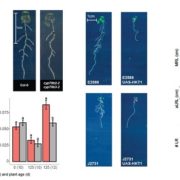
Genetic components of root architecture remodeling in response to salt stress
While everyone knows that salt stress reduces root growth, Julkowska and colleagues examined salt-stress induced changes in Root System Architecture (RSA) by studying 347 Arabidopsis accessions. The authors collected 17 RSA traits and developed an app allowing interactive exploration of collected…
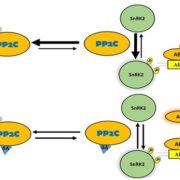
Members of the abscisic acid co-receptor PP2C protein family mediate salicylic acid-abscisic acid crosstalk
If we know anything about how ABA regulates plant response to environmental stresses it is that the pathway if very complicated and anything but straightforward. The ‘core’ ABA pathway is activated by first inhibiting a specific class of protein phosphatases, PP2Cs. This inhibition of PP2Cs allows…
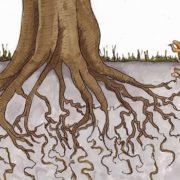
Mycorrhizal fungi shaped the evolution of terrestrial plants
Mutualistic associations between plants and fungi are incredibly widespread, occurring in 90% of extant land plants, and likely are the most ecologically important symbiotic relationships on Earth. Fungi played an integral part in land plant evolution; roots only evolved after early land plants colonised…
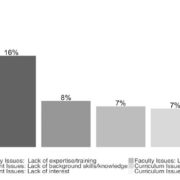
Barriers to integration of bioinformatics into undergraduate life sciences education
Today’s biology students need to be trained to work with large datasets, meaning that mathematics, statistics and computer science should regularly be integrated into their biology courses. Williams et al. carried out a survey to determine the extent to which this occurs. Although 95% of respondents…

Laccaria bicolor MiSSP8 is a small-secreted protein decisive for the establishment of the ectomycorrhizal symbiosis
Mycorrhizal symbiosis involves extensive signaling between plants and their fungal partners. Mycorrhiza-induced small secreted proteins (MiSSPs) have been hypothesized to be involved in diverse processes to suppress plant defense and promote fungal life-cycles. Clement et al. functionally characterized…
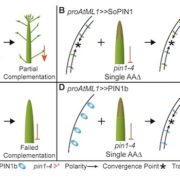
What We're Reading: November 17th
J. Exp. Bot. Special Issue. The plant cuticle: old challenges, new perspectives ($)
The cuticle is a cell-wall polymer that protects against desiccation, pathogens and UV light. Domínguez et al. provide an open-access editorial that describes this fine collection of articles covering all aspects…

Cross-species functional diversity within the PIN auxin efflux protein family
Polar localized PIN FORMED (PIN) efflux carriers proteins organize directional auxin flow and accumulation. Most flowering plants have another family of PIN proteins called Sister of PIN1 (SoPIN1), which Arabidopsis and members of the Brassicacea family do not have. The grass Brachypodium dystachion…
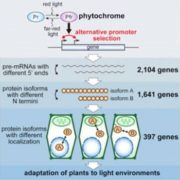
Light controls protein localization through phytochrome-mediated alternative promoter selection ($)
Previous studies have shown that some genes use multiple promoters, but the extent to which this occurs has not been fully resolved. Ushijima et al. showed widespread phytochrome-mediated differential promoter use in response to light. They identified more than 2000 genes with light-dependent alternative…
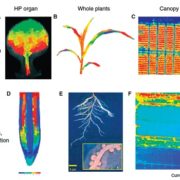
Review: Plant phenomics, from sensors to knowledge ($)
Plants adapt their form, function and metabolism to the surrounding environment. According to Tardieu et al., understanding the plant phenome requires that plant phenotypes to be studied on different spatial and temporal scales. High precision platforms are instrumental for discovery of new physiological…

